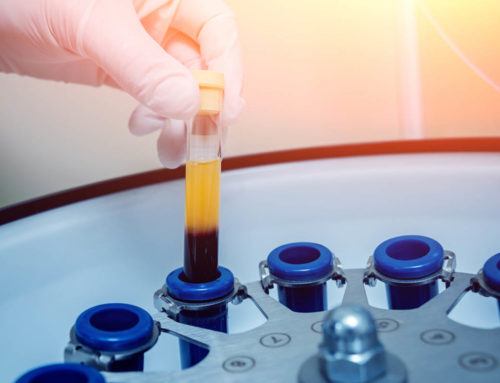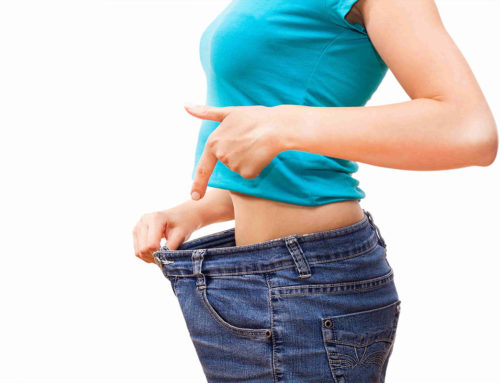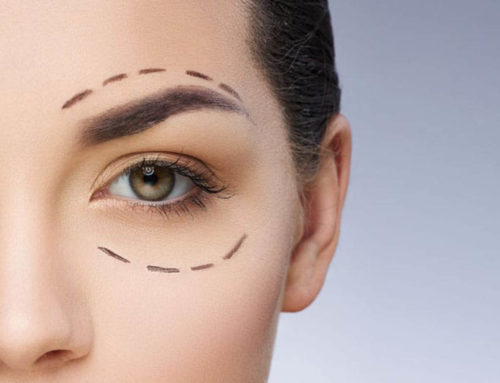Wondering what to expect after undergoing liposuction? If traditional methods such as diet and exercise have failed to eliminate your unwanted fat, liposuction can be an effective solution. But what can you anticipate after the procedure? Will it be a seamless transition to a new you, or will there be challenges to overcome? For those seeking answers, we’ve compiled a list of what to expect during the recovery process following this highly popular cosmetic surgery.
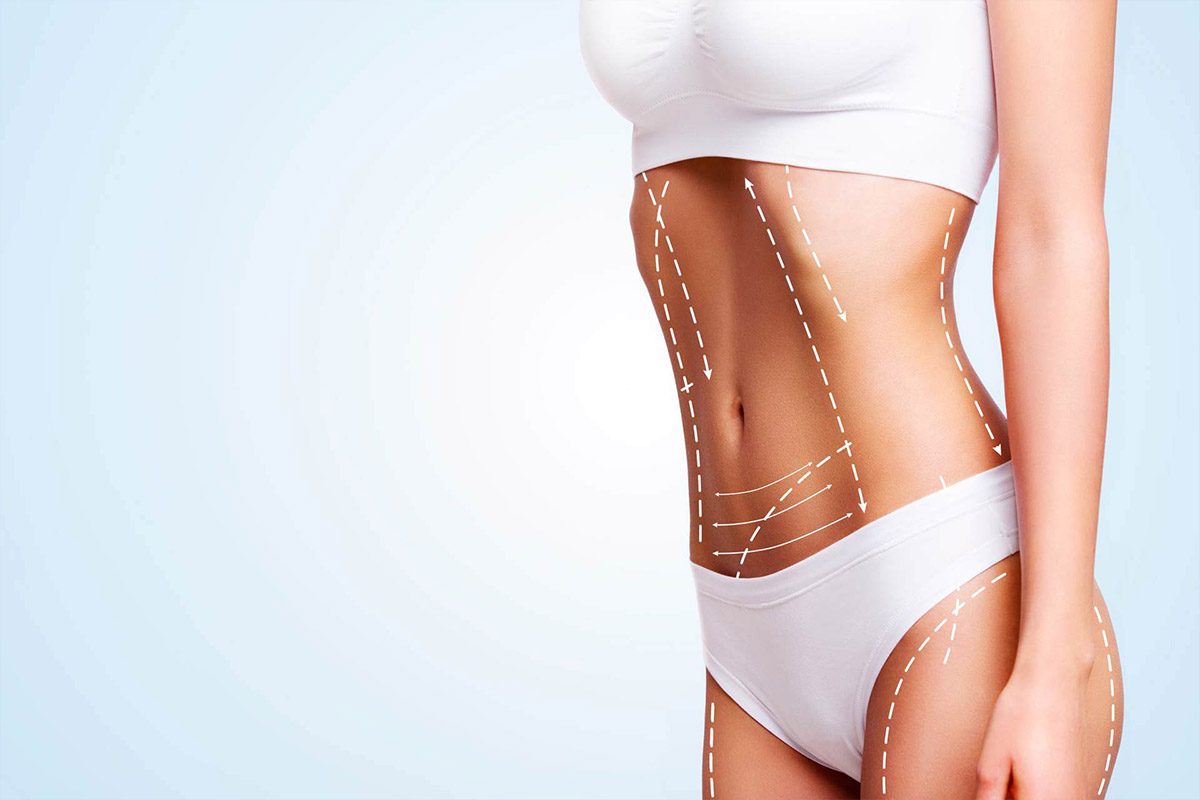
What exactly is liposuction?
This cosmetic surgery procedure goes by several names, including lipo, lipoplasty, lipectomy, and liposculpture suction. Its primary aim is to dissolve and remove excess fat from various parts of the body, such as the abdomen, thighs, buttocks, neck, chin, upper arms, back, and calves. With a better understanding of what liposuction entails, you can proceed to explore what happens during the recovery phase after the surgery.
Learn more about liposuction here
What to Expect in the First Few Hours Following Liposuction
After undergoing the widely sought-after liposuction procedure, patients are usually cleared to move around and, in some cases, even discharged on the same day or the next if general anesthesia was not used. However, driving home alone may be challenging, and it’s advisable to have someone assist. Initially, patients may feel groggy and physically weakened, but typically begin to feel better within 48 hours.
Guidelines for Water-related Activities Post Liposuction
Patients should wait for at least 24 hours after liposuction surgery before taking their first shower. However, the exact timing may vary depending on the individual case, so it’s best to confirm with your doctor. During the first shower, it’s important to use warm water and avoid hot water. Swimming in a pool should be avoided for the first two weeks, as should visiting saunas and tanning beds.
The Importance of a Compression Garment after Liposuction
After undergoing liposuction, the doctor will have extracted fat from specific areas of your body, creating a space underneath your skin. Wearing a compression garment is crucial to apply pressure to this newly created space and help it adhere to your skin. For the first two to three weeks following surgery, the garment should be worn 24/7, except when showering. After this initial period, the garment should still be worn for 12 hours a day for the next two weeks.
Addressing Scarring, Bruising, and Pain after Liposuction
The discomfort and scarring resulting from liposuction surgery can be managed with over-the-counter painkillers, as the procedure typically does not cause excessive pain. Bruising may last up to two weeks, but this can vary from person to person. While small scars are common after surgery, they usually fade and become almost invisible within six to eight months. It’s important to avoid smoking for at least a few weeks following the surgery, as it can impair tissue recovery.
Managing Physical Activity After Liposuction Surgery
From the third day after liposuction surgery, patients can resume their regular activities such as driving and going to the supermarket. However, lifting anything heavier than 2 kilograms should be avoided for the first two weeks to prevent pain and protect sutures. Moderate physical activity can be reintroduced 3-4 weeks after the operation, but more intense exercise regimens should only be resumed after 1.5-2 months with the approval of the doctor.
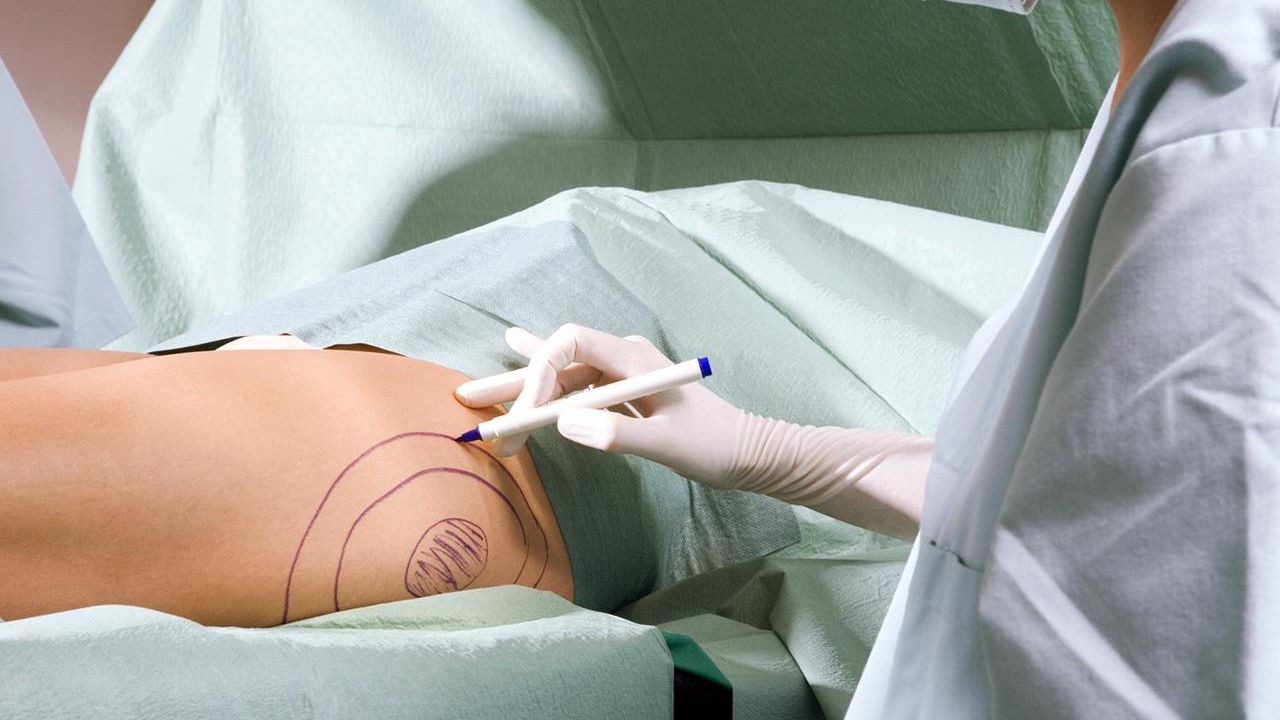
When to Expect Results from Liposuction
Due to significant swelling that can result from liposuction, it may take several months for the full effects of the procedure to be noticeable. However, after three to four weeks, most of the swelling should have improved. Wearing a compression garment can aid in reducing swelling during the recovery period.
How Many Clothing Sizes Can you Go Down with Liposuction?
Predicting the exact amount of drop in clothing size is challenging as it depends on various factors. Liposuction can eliminate the fatty tissue in the targeted area, but the extent of the reduction cannot be accurately determined.
Although there is no guarantee, it can get rid of the excess skin in areas like arms, thighs, abdomen, etc. However, it’s important to note that liposuction cannot treat excess skin. In cases where excess skin is present, procedures like tummy tuck, arm lift, or thigh lift may be more suitable. Liposuction can sometimes worsen the appearance of loose or hanging skin as it eliminates fat from the area. People with firm, undamaged skin can experience adequate tightening after liposuction, while those with thin, sun-damaged skin or stretch marks may not see complete skin tightening, resulting in a deflated appearance.
Is the reduction in fat from laser liposuction permanent?
Yes, once the fat is removed from a treated area, it does not grow back. However, the remaining fat cells in the body can expand if you gain weight. It’s important to note that liposuction is not a cure for obesity, and maintaining a healthy weight through a balanced diet and regular exercise is crucial to prevent the growth of fat cells.

